The basic anatomy of abrasives has not changed that much over the years. They consist of sharp, tiny grains bonded together to form a grinding disc or cutting wheel. In other products, like discs, wheels and sandpaper, they are bonded to the face of a backing. Grain technology has advanced to give us abrasives products that are better at removing material than years past.
These are the three most common abrasives:
Aluminum oxide: Among the least expensive for portable grinding, aluminum oxide is a good choice for general-purpose fabricating work and maintenance or repair operations, especially where cost and inventory control are a concern.
Zirconia alumina: Providing a compromise between the lower price of aluminum oxide and the performance of ceramics, zirconia alumina is a good option for many stainless steels as well as carbon steel alloys. It is often blended with ceramic alumina or aluminum oxide to provide different grinding characteristics.
Ceramic alumina: Suitable for a broad range of applications, ceramic alumina provides the highest performance and abrasive life possible. For nickel and chromium-based superalloys, 300-series stainless steels, duplex steels, and other difficult metals, ceramic should be the first choice.
The industry overall has begun using more ceramic abrasives, not only in flap discs but also in fiber and cutoff wheels as they last longer and grind material faster. They offer a better overall value. For this reason, DEWALT launched a new line of fast-grinding ceramic wheels, and why more and more of our customers are moving to higher-performing products.
A key factor to choosing the correct abrasive is ensuring users are selecting the proper grit disc. Many users tend to use a finer grit disc than they should. It is not uncommon to see an 80-grit product being used when a 24- or 40-grit abrasive should be used.
As abrasives have changed over the years, so too have grinders. With the advent of brushless grinders, which are more powerful and safer, users can utilize larger wheels without increasing the level of operator fatigue, further improving productivity.
Download this introduction to abrasives to help you better understand how abrasives work, common application problems and types of abrasives.


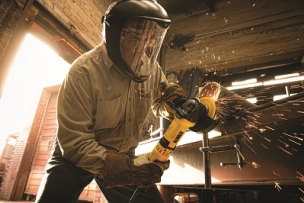
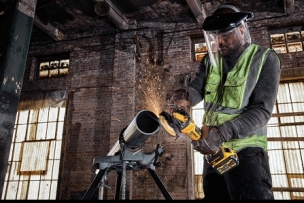
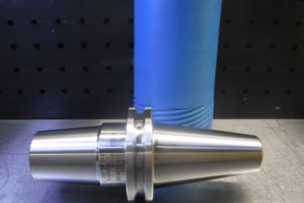
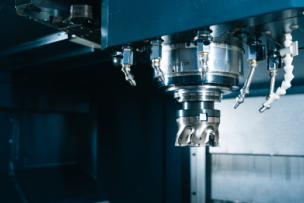
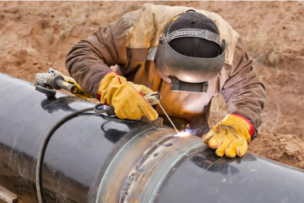
Talk to Us!
Leave a reply
Your email address will not be published. Required fields are marked *